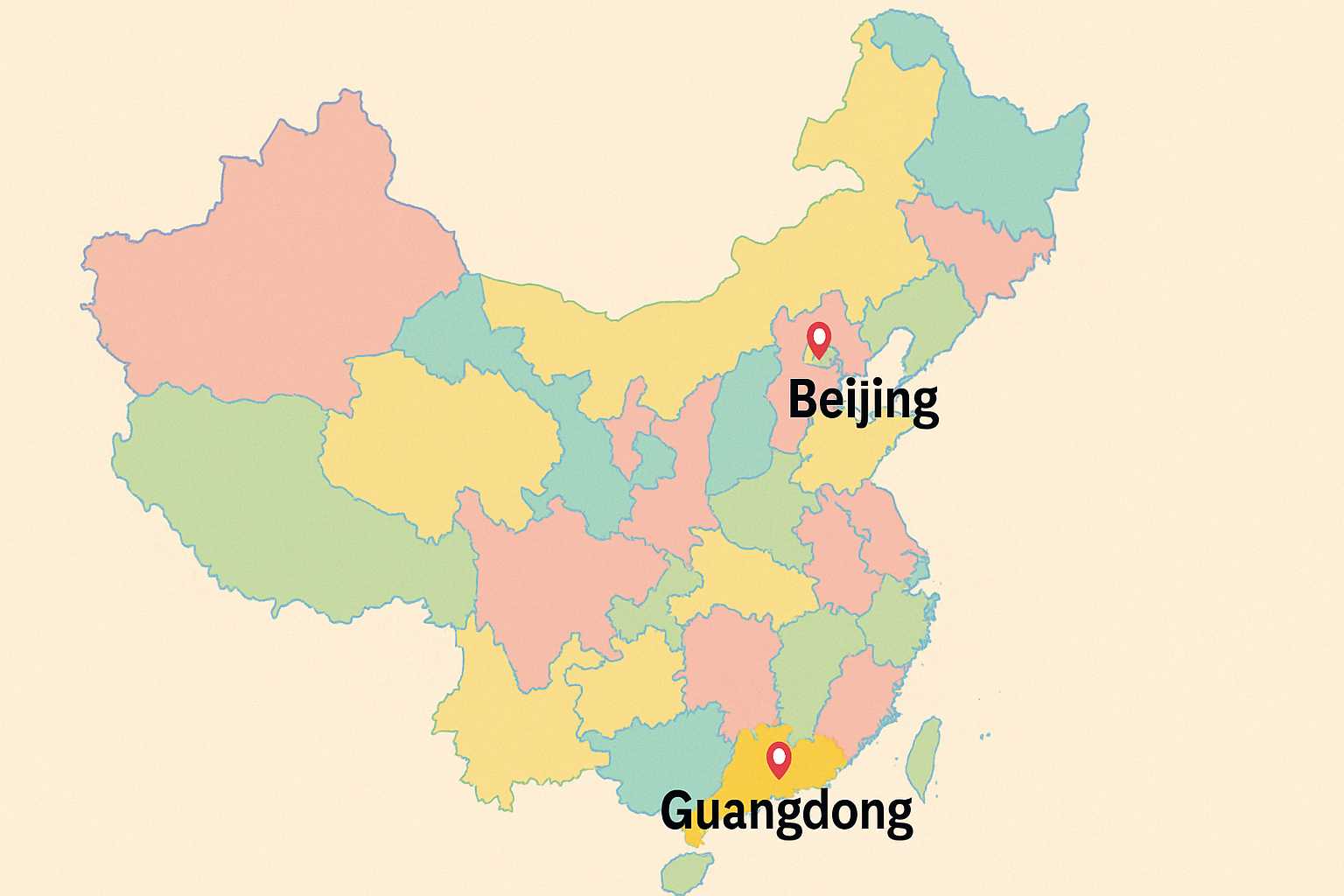
A simple question with a surprisingly tricky answer: what, exactly, separates a language from a dialect? At first glance, one might assume there’s a clear linguistic boundary, but in reality, the distinction is more political, cultural, and historical than scientific.
The Classic Saying: “A Language Is a Dialect with an Army and a Navy”
This famous quote, commonly attributed to sociolinguist Max Weinreich, gets close to the truth: the difference isn’t primarily linguistic. Instead, it often hinges on who holds power and what speech forms institutions choose to recognize.
What Linguists Say
In strictly linguistic terms, dialects are varieties of a language that differ in grammar, vocabulary, and pronunciation. But that definition quickly becomes complicated. What we often call “languages” (like Swedish and Norwegian) may or may not be mutually intelligible—i.e., speakers can or cannot understand one another—while “dialects” (like Cantonese and Mandarin) may or may not be.
Mutual Intelligibility: Useful, But Not Definitive
Linguists sometimes use mutual intelligibility as a general rule of thumb: if two speakers can understand each other, they’re using dialects of the same language. But this guideline is far from perfect. For example:
- Danish and Norwegian are largely mutually intelligible, yet they’re considered separate languages.
- Mandarin and Cantonese are not mutually intelligible, but both are classified as dialects of Chinese.
- Hindi and Urdu are mutually intelligible in everyday conversation but are treated as separate languages due to differences in script, religion, and national identity.
Who Decides What Counts as a Language?
Governments, education systems, and cultural institutions usually make the call on what’s labeled a “language” and what’s called a “dialect.” These decisions are rarely neutral. The speech forms that become standard languages are typically those used by groups in power—often centered in capital cities, dominant ethnic communities, or former colonial hubs.
In contrast, regional or minority varieties are more likely to be called dialects, even if they have deep literary traditions or wide usage.
Prestige and Standardization
Languages usually have standardized forms: grammar rules, dictionaries, official writing styles, and state recognition. Dialects, by contrast, often lack this level of formalization—but they are just as complex and expressive.
The difference isn’t in how “advanced” the speech form is—it’s in whether someone took the time to document, standardize, and promote it through institutions like schools and media.
So, What’s the Real Difference?
There’s no sharp boundary between language and dialect. Instead, it’s a fluid spectrum shaped by politics, power, history, and identity. What’s considered a language in one country or era might be considered a dialect in another.
Bottom Line
If you’re wondering whether something is a language or a dialect, ask yourself:
- Who gets to decide?
- Is the distinction based on structure—or status?
- What’s at stake in calling it one or the other?
In the end, the labels matter less than the people behind them—and what they mean for culture, identity, and power.



